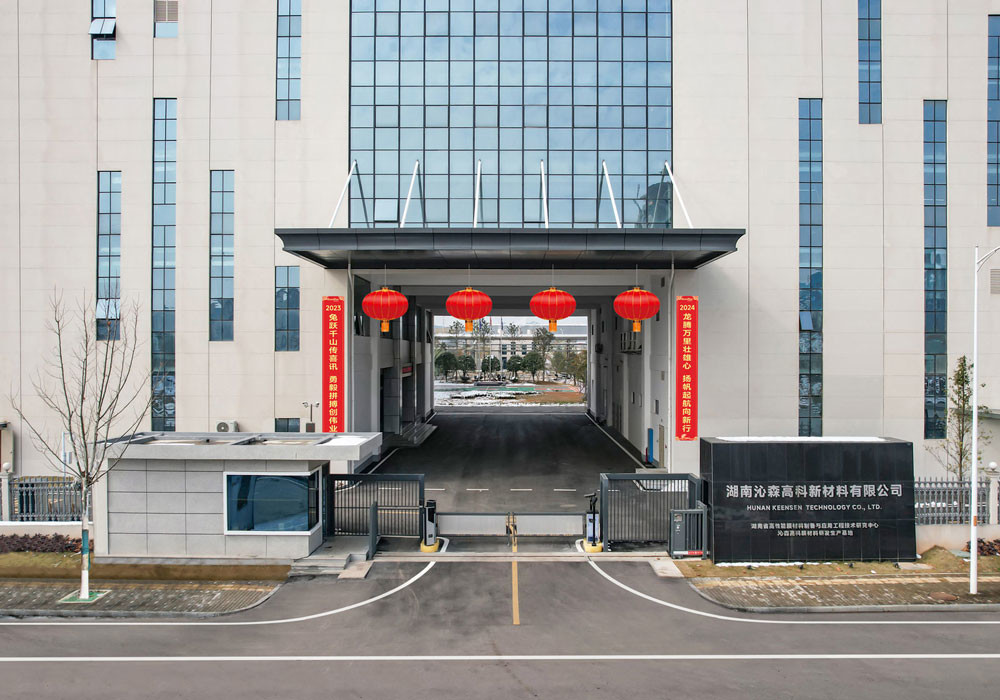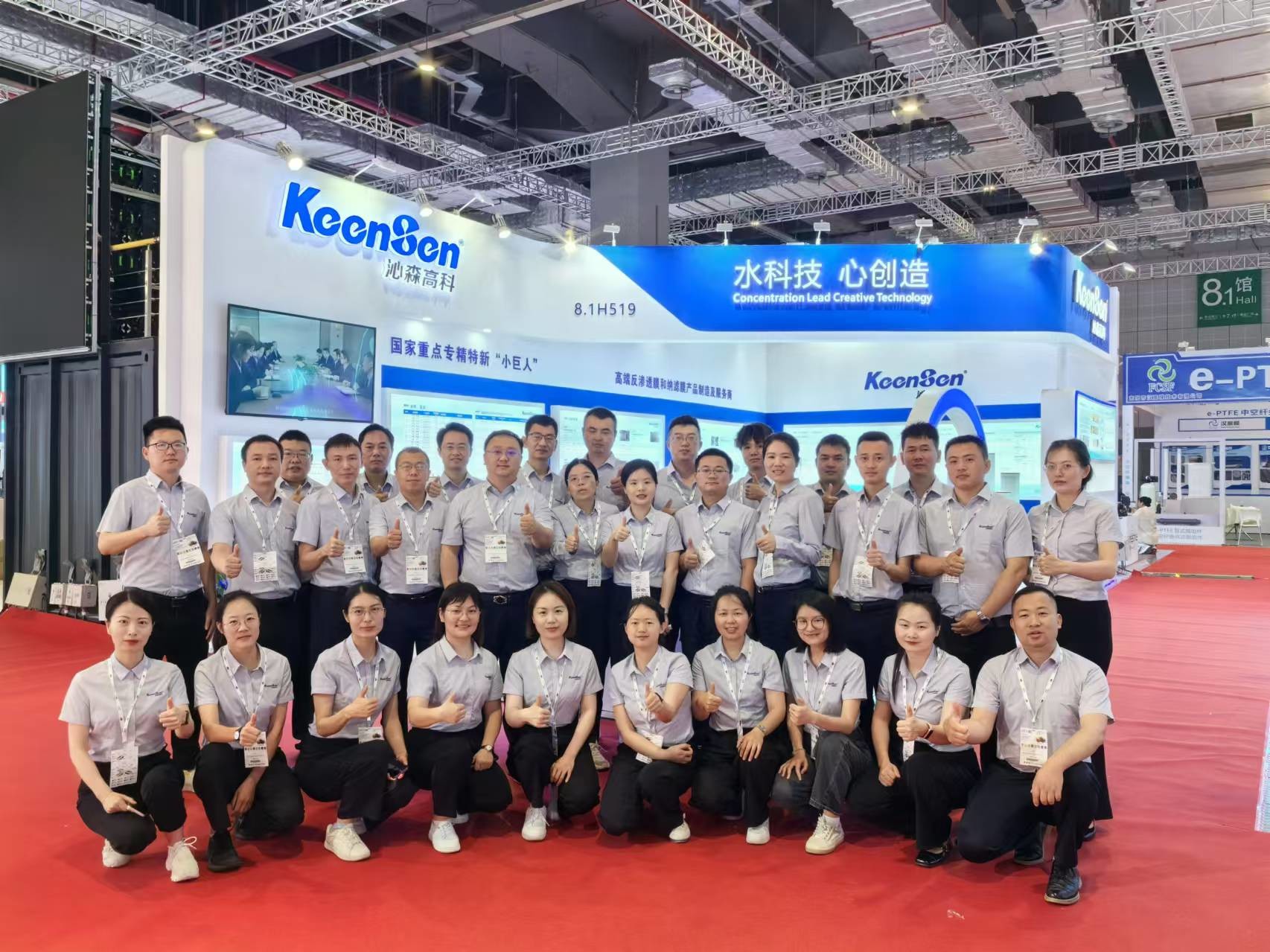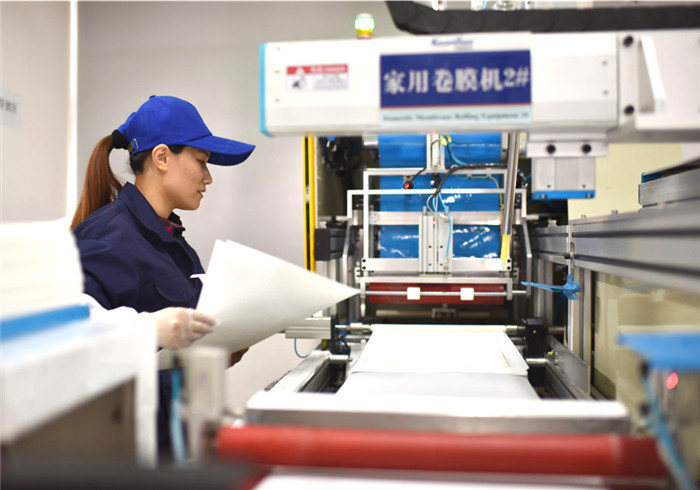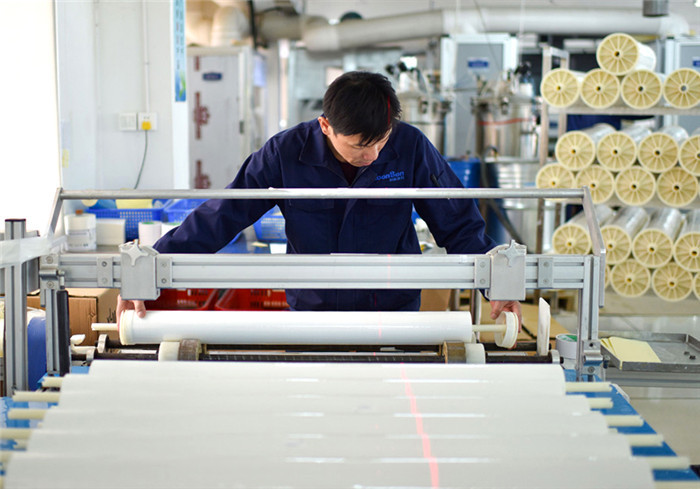Application of Reverse Osmosis Membranes in Power Plants
Reverse osmosis (RO) technology has become a critical solution for water treatment in various industries, particularly in power plants. The growing demand for fresh water, combined with the need to ensure a reliable and efficient operation of power generation systems, has made RO membranes an essential component for water purification and wastewater management in power facilities. This article explores the application of reverse osmosis membranes in power plants, focusing on their benefits, challenges, and potential for sustainable energy production.
1. The Role of Water in Power Plants
Water is indispensable in power plant operations. It is used in cooling systems, steam generation, and as part of various industrial processes such as washing and cleaning. Power plants typically rely on large volumes of water, which are sourced from local rivers, lakes, or seawater. However, the availability and quality of water sources can vary, and in many regions, water scarcity and contamination are growing concerns.
In conventional power plants, the water used for cooling or steam production often undergoes basic treatment to remove particulates and chemicals. However, in areas where the water is saline, brackish, or contains high concentrations of dissolved solids, more advanced treatment methods, such as reverse osmosis, are necessary.
2. Reverse Osmosis Technology: Basic Principles
Reverse osmosis is a filtration process that removes impurities from water by forcing it through a semi-permeable membrane. The membrane allows water molecules to pass through but blocks larger particles, salts, and other dissolved solids. This process is driven by pressure, and the driving force overcomes the osmotic pressure naturally present in the water.
The key advantage of RO is its ability to produce high-quality water by rejecting a wide range of contaminants, including salts, bacteria, and organic matter. This makes it ideal for use in power plants where water purity is crucial for efficient plant operation and longevity of equipment.
3. Applications of RO in Power Plants
a) Desalination and Brine Treatment
One of the primary uses of RO membranes in power plants is desalination, especially in coastal areas where seawater is the main source of cooling water. Seawater typically has high salinity, making it unsuitable for direct use in power plants. RO technology can desalinate seawater, reducing the salt content to levels that are safe for use in cooling towers and steam boilers.
In addition to desalination, RO can also play a critical role in treating brine generated by desalination processes. Brine, which contains concentrated salt and chemicals, can be harmful to the environment if discharged untreated. RO membranes can help concentrate and treat this brine, making the disposal process more environmentally friendly.
b) Make-Up Water for Steam Boilers
Power plants rely on steam boilers to generate electricity. These boilers require high-quality water to produce steam efficiently and prevent scaling or corrosion. RO systems can be used to purify raw water and produce make-up water that meets the stringent quality standards required by steam boilers. RO removes minerals, organic compounds, and dissolved solids that could otherwise cause fouling or scaling in the boiler, ensuring optimal performance and extending the lifespan of the equipment.
c) Cooling Water Treatment
Cooling systems in power plants, whether based on once-through or recirculating cooling towers, require a significant amount of water. The quality of this water must be carefully controlled to prevent scaling, corrosion, and biofouling in heat exchangers and cooling systems. RO membranes can be used to treat water to remove impurities and reduce the load on chemical treatments, ensuring the cooling system remains efficient and minimizes environmental impacts.
d) Wastewater Treatment and Reuse
Power plants generate large amounts of wastewater, including cooling tower blowdown, boiler blowdown, and process water. Reverse osmosis can be employed to treat and purify this wastewater, allowing it to be reused within the plant. By recycling water through RO systems, power plants can reduce their overall water consumption, leading to cost savings and a smaller environmental footprint. This is particularly important in regions facing water scarcity or regulatory pressure to minimize water usage.
4. Benefits of RO in Power Plants
Water Conservation: By using RO for desalination and wastewater treatment, power plants can reduce their reliance on freshwater sources, contributing to water conservation efforts in areas where water availability is limited.
Improved Efficiency: High-quality purified water helps to optimize plant operations by preventing fouling, scaling, and corrosion, which can reduce the efficiency and lifespan of equipment.
Cost Savings: Although RO systems can be capital-intensive, they lead to long-term savings by reducing the need for chemical treatments, lowering maintenance costs, and enhancing energy efficiency.
Environmental Sustainability: RO enables the treatment and reuse of water, reducing the environmental impact of wastewater discharge. It also supports sustainable practices, such as desalination and brine management, helping power plants comply with increasingly stringent environmental regulations.
5. Challenges and Considerations
Despite its many advantages, the application of reverse osmosis membranes in power plants is not without challenges:
Energy Consumption: RO processes require significant amounts of energy to overcome osmotic pressure and push water through the membrane. This can increase operational costs, especially in large-scale desalination applications.
Membrane Fouling: The membranes can become fouled with salts, organic matter, and microorganisms over time, leading to a reduction in efficiency and increased maintenance costs. Regular cleaning and membrane replacement are essential to ensure optimal performance.
High Initial Investment: The capital costs for installing RO systems can be high, particularly when designing large-scale desalination or wastewater treatment units.
Disposal of Concentrated Brine: The concentrated brine produced by RO systems must be handled carefully to prevent environmental damage. Finding sustainable solutions for brine disposal remains a significant challenge, especially in coastal regions.
6. Future Outlook
As water scarcity becomes an increasing global concern, the role of reverse osmosis in power plant water treatment will continue to expand. Advancements in membrane technology, energy recovery systems, and brine management techniques are expected to reduce the operational costs and environmental impacts associated with RO. Furthermore, the growing emphasis on sustainable energy production and environmental protection will drive further adoption of RO for wastewater reuse and resource conservation in power generation.
7. Conclusion
Reverse osmosis technology offers a highly effective solution for addressing water treatment challenges in power plants. By enabling desalination, improving water quality for boilers and cooling systems, and promoting wastewater recycling, RO membranes play a crucial role in enhancing operational efficiency and sustainability. Although there are challenges to overcome, particularly related to energy consumption and brine disposal, the long-term benefits of RO in terms of water conservation and environmental responsibility make it an indispensable tool for the future of power plant operations.

 Your message must be between 20-3,000 characters!
Your message must be between 20-3,000 characters! Please check your E-mail!
Please check your E-mail!  Your message must be between 20-3,000 characters!
Your message must be between 20-3,000 characters! Please check your E-mail!
Please check your E-mail! 



